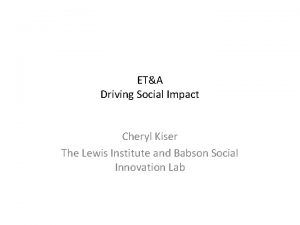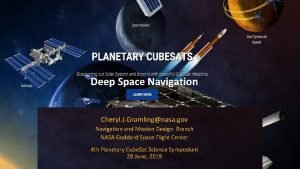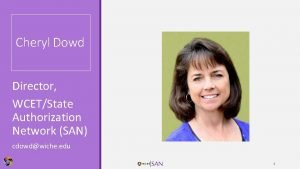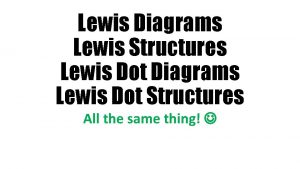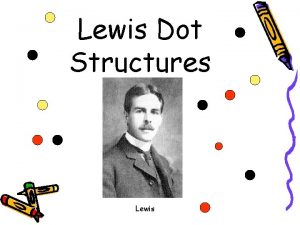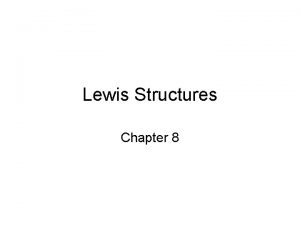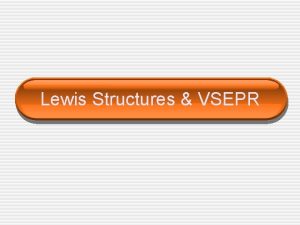ETA Driving Social Impact Cheryl Kiser The Lewis







- Slides: 7

ET&A Driving Social Impact Cheryl Kiser The Lewis Institute and Babson Social Innovation Lab

Curriculum Social Value Creation Matters: MOB 7548 -B 61 Real time journey to understand the notion of creating economic and social value creation simultaneously not sequentially Greenleaf Publishing book Fall 2013

Elements of Corporate Social Innovation Purpose What is our Social Vision? What assets and competencies do we bring to Social Innovation? Strategic Intent What Needs, Risks, and Opportunities are we addressing? What Social Innovation can we offer to the world? Partner Process Which partner(s) are best suited to work with us to co-create this Social Innovation? How are we going to design, develop, and launch this Social Innovation? Results What are the benefits to our business? To society?

Everything starts with DESIRE Act quickly with means at hand Act Learn Build is based on current reality: who you know, what you know and anything else relevant Pay only what you can afford to and want to – Acceptable Loss • Money & time • Reputation (professional & personal) • Opportunity cost Bring others along • Tangible assets • Borrowed or bartered resources • Intangible assets (ambassadors, reputational capital) through enrollment Build on the results you create and the things you discover • Surprises are often good. Make them an asset • Befriend reality • With each action, reality changes

Vision is okay but action is paramount. As a team, pick a part of your vision that you want to act on now. Means not ends What resources do you have now? What is your experience? Do you have the desire to act? Who do you know that you can connect with? Think about how to take action without significant financial resources. How do you start something with nothing? Then again, do you ever really have nothing? Affordable loss What are you willing to pay to play? Think about all types of resources (money, people, time, technology). What are you willing to give up in order to get going? If you know what you are willing to lose, you control the risk. Bring others along Who are potential partners? Can you turn competitors into collaborators? Think across sectors, disciplines, etc. Build on the results you create How will you incorporate your learning into the next step? What will you do next? Iteration is not about killing an idea —it’s about evolving the idea into a significant vision of what’s possible.

Component Description Mindset means, not ends • Who am I? • What do I know? • Whom do I know? You can effect change with the means you have. You can act now—take steps— with the means you have available. affordable loss • Money • Time • Opportunity cost • Reputation Calculate downside potential and pay no more than you want or can afford to lose. It’s not about calculating risk to avoid failure. • Self-selected • Brings resources • Obvious & non-obvious Create and build solutions together with interested stakeholders (think unexpected, nontraditional too). The people who come on board shape the idea, its execution, and its impact. bring others along build on results you create • Expect surprises • Use them for further creation 6 Based on the work of Sarasvathy (Effectuation) and Charlie Kiefer & Len Schlesinger (Action Trumps Everything) Redesign plans to profit from surprises. Expect and leverage small failures. Act-learn-repeat.

Co- Curricular
